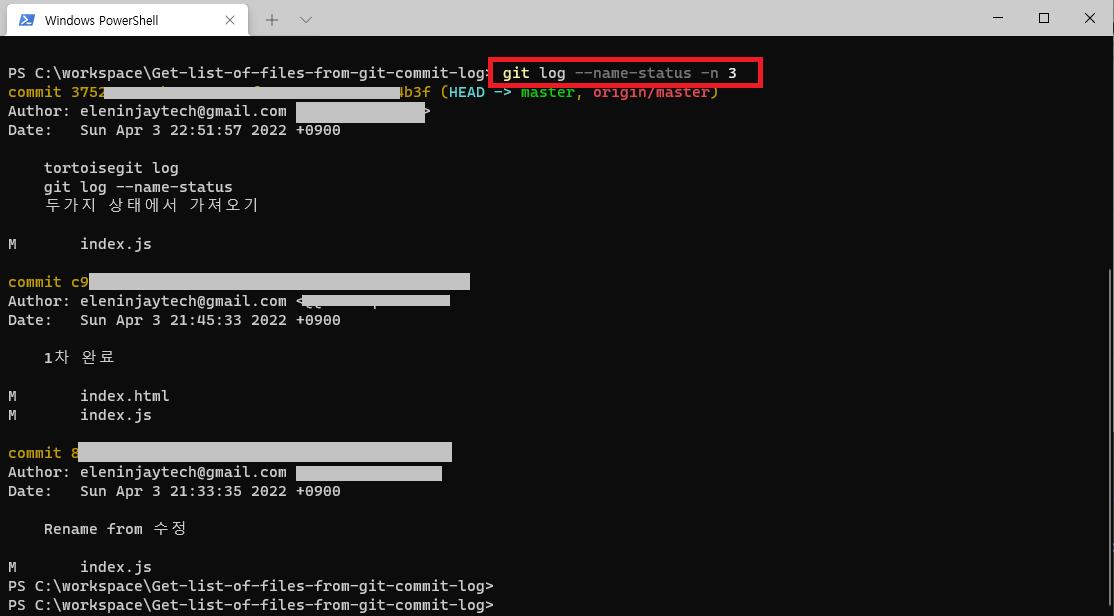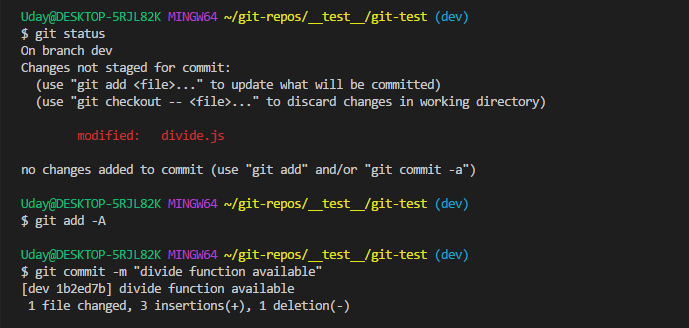


This will take any files that are already in source control, place them in staging, and then commit those staged changes into source control, all in a single step. We added the -a option, which is a shortcut. This is all fine, but if you’re only making changes to files that are already in source control, you can tackle the steps of adding to staging and committing to source control in a single step, like so: git commit -a -m ‘My Changes’ This commits our files and includes a description (a “message” hence the -m option) along with it (Git will not allow you to commit without adding a message). We can commit these files to source control: git commit -m 'My changes' This might seem counterintuitive, but in fact we’re putting the modified three.js file into the staging area think of it as adding another change to the staging area.īetween the above commands, we now have two new files and one changed file all in the staging area. The long way is to again use the add command, even though the file is already in source control: git add three.js You have to explicitly tell Git that you’re going to commit those changes by similarly adding them to the staging area.įirst, I’m going to show you the long way to do it then I’ll show you a shortcut. When you’re editing files, the simple process of changing those files does not store the changes in source control. This example adds two files to the staging area ( one.js and two.js). As you saw last time, to add files to your repo, you first add them to the staging using the Git add command: git add one.js two.js The staging area can include new files that you are adding to source control, as well as changes to your existing files, and file deletions. Remember from our last installment that your repository includes a staging area where you gather everything up that you want to commit to source control as a single batch. The most common commands for Git involve saving your files and changes to the staging area, and committing those changes to source control, as well as viewing a list of files that have changed. Once you have these commands down, you can then explore more advanced concepts for the rare occasions when you need to step outside of the norm. However, the reality is that the majority of your work in Git will likely only require a handful of commands. If you’re new to Git and spend some time in the official documentation, you might find it overwhelming.
#GIT COMMIT NEW FILES HOW TO#
Although Git is integrated in many different editors, such as Visual Studio Code, it’s important to also know how to use Git from the command line.


 0 kommentar(er)
0 kommentar(er)
